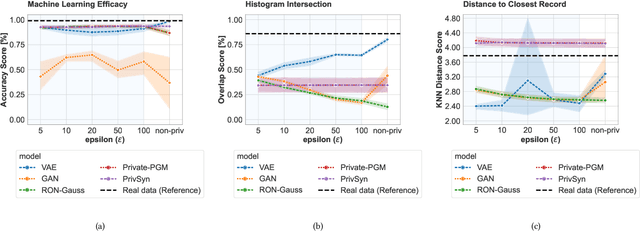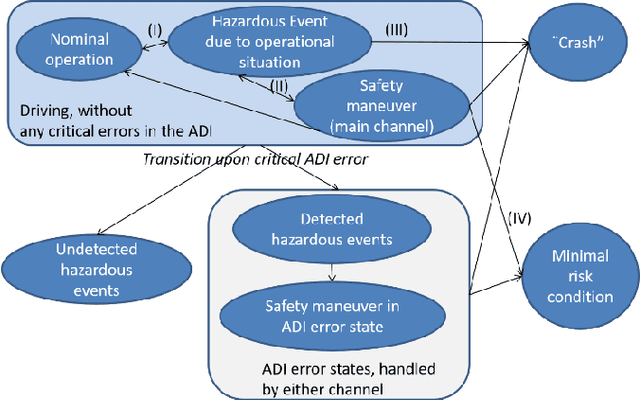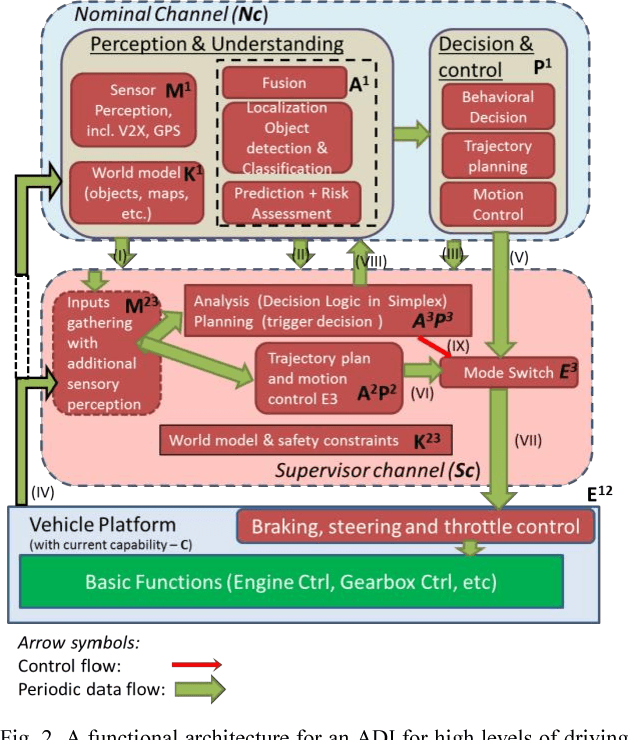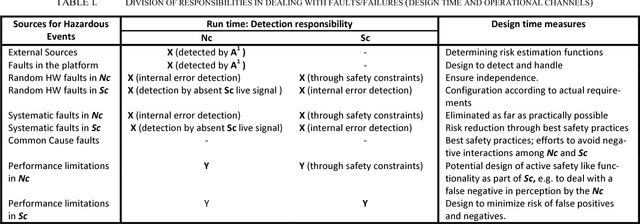Matthias Becker
LLM4GRN: Discovering Causal Gene Regulatory Networks with LLMs -- Evaluation through Synthetic Data Generation
Oct 21, 2024Abstract:Gene regulatory networks (GRNs) represent the causal relationships between transcription factors (TFs) and target genes in single-cell RNA sequencing (scRNA-seq) data. Understanding these networks is crucial for uncovering disease mechanisms and identifying therapeutic targets. In this work, we investigate the potential of large language models (LLMs) for GRN discovery, leveraging their learned biological knowledge alone or in combination with traditional statistical methods. We develop a task-based evaluation strategy to address the challenge of unavailable ground truth causal graphs. Specifically, we use the GRNs suggested by LLMs to guide causal synthetic data generation and compare the resulting data against the original dataset. Our statistical and biological assessments show that LLMs can support statistical modeling and data synthesis for biological research.
Towards Biologically Plausible and Private Gene Expression Data Generation
Feb 07, 2024



Abstract:Generative models trained with Differential Privacy (DP) are becoming increasingly prominent in the creation of synthetic data for downstream applications. Existing literature, however, primarily focuses on basic benchmarking datasets and tends to report promising results only for elementary metrics and relatively simple data distributions. In this paper, we initiate a systematic analysis of how DP generative models perform in their natural application scenarios, specifically focusing on real-world gene expression data. We conduct a comprehensive analysis of five representative DP generation methods, examining them from various angles, such as downstream utility, statistical properties, and biological plausibility. Our extensive evaluation illuminates the unique characteristics of each DP generation method, offering critical insights into the strengths and weaknesses of each approach, and uncovering intriguing possibilities for future developments. Perhaps surprisingly, our analysis reveals that most methods are capable of achieving seemingly reasonable downstream utility, according to the standard evaluation metrics considered in existing literature. Nevertheless, we find that none of the DP methods are able to accurately capture the biological characteristics of the real dataset. This observation suggests a potential over-optimistic assessment of current methodologies in this field and underscores a pressing need for future enhancements in model design.
Architecting Safety Supervisors for High Levels of Automated Driving
Dec 05, 2019


Abstract:The complexity of automated driving poses challenges for providing safety assurance. Focusing on the architecting of an Autonomous Driving Intelligence (ADI), i.e. the computational intelligence, sensors and communication needed for high levels of automated driving, we investigate so called safety supervisors that complement the nominal functionality. We present a problem formulation and a functional architecture of a fault-tolerant ADI that encompasses a nominal and a safety supervisor channel. We then discuss the sources of hazardous events, the division of responsibilities among the channels, and when the supervisor should take over. We conclude with identified directions for further work.
 Add to Chrome
Add to Chrome Add to Firefox
Add to Firefox Add to Edge
Add to Edge